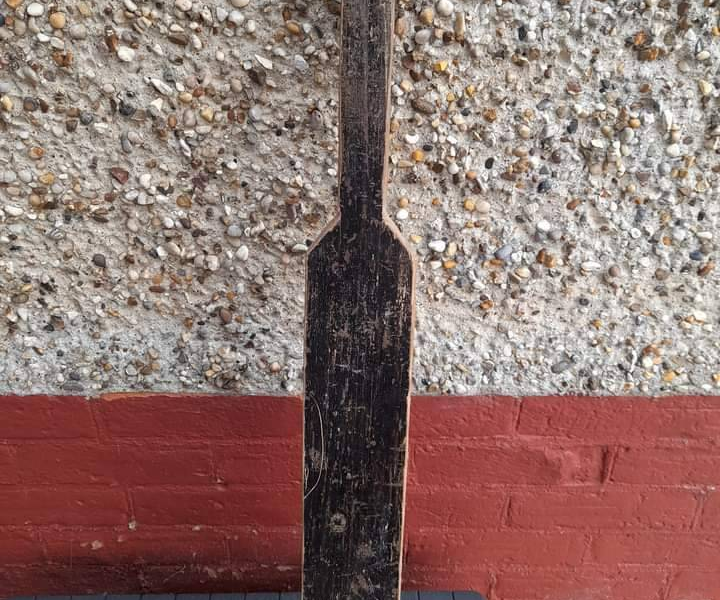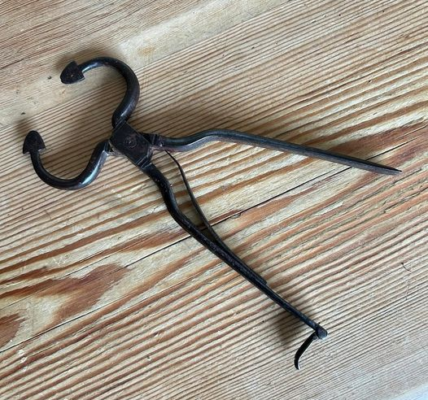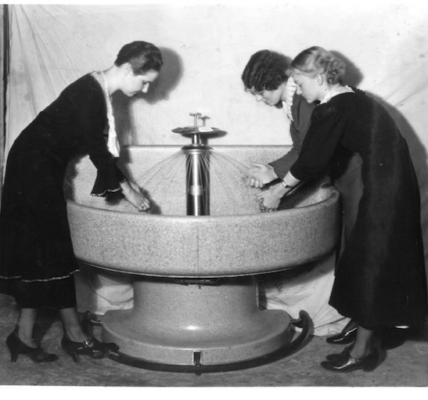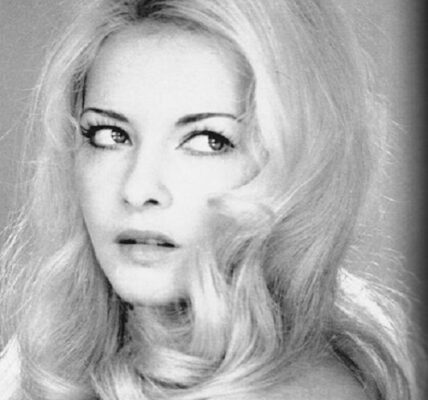The cricket bat is one of the most iconic tools in sports history, evolving significantly over centuries to meet the demands of an ever-changing game. From its early beginnings resembling a hockey stick to the sophisticated and powerful bats used today, the cricket bat has undergone numerous innovations. This article delves into the fascinating journey of the cricket bat from 1624 to 1900, highlighting the key developments that shaped its design and functionality.
1624: The First Recorded Use of a Cricket Bat

The earliest mention of a cricket bat dates back to 1624, during a rather unfortunate event in cricket history. In this incident, a batsman struck a fielder on the head with his bat to prevent him from catching the ball, tragically leading to the fielder’s death. Despite the tragedy, this marked the first recorded instance of the cricket bat being used in the sport.
At that time, cricket was vastly different from the game we know today. The bats used closely resembled hockey sticks, as underarm bowling was the norm, and players likely used shepherds’ crooks as makeshift bats. The bat’s shape and size were designed to accommodate this early style of play, where low, rolling balls were the primary challenge.
1770s: The Introduction of Length Bowling and Bat Modifications
By the 1770s, cricket had started evolving, and with it, the cricket bat. The introduction of length bowling, a style of underarm bowling that introduced more bounce and variation, prompted changes in bat design. To adapt, the cricket bat became straighter and more parallel, allowing players to better cope with the different bowling styles.
One key change during this period was the standardization of the bat’s width. A new rule limited the bat’s width to 4.25 inches, a regulation that remains in effect even today. These early bats were significantly heavier, with the swell (the thickest part of the bat) concentrated toward the bottom to help batsmen deal with low deliveries.
1820s: The Advent of Round-Arm Bowling and Lighter Bats
The 1820s brought about another pivotal moment in cricket history: the introduction of round-arm bowling. This method gave bowlers more height and bounce, forcing bat makers to innovate further. Bats became lighter, with the swell positioned higher on the blade, allowing players to respond more effectively to the faster, bouncing balls.
This era marked the start of cricket bat design becoming more specialized, with players and manufacturers working together to create bats that would enhance power, precision, and control.
1830s: The Invention of the Spliced Handle
By the 1830s, the increased speed of the ball caused frequent breakages of the one-piece cricket bats. To address this issue, cricket bat manufacturers began developing the spliced handle. This involved attaching a separate handle, often made of willow or ash, to the blade. The innovation not only made bats more durable but also provided players with better control and flexibility.
The spliced handle revolutionized bat design, improving its structural integrity and enhancing the player’s ability to manage fast deliveries with more confidence and precision.
1835: New Regulations on Bat Length
In 1835, the laws of cricket were updated to include a new regulation: the cricket bat’s length could not exceed 38 inches. This standardization helped level the playing field and ensured consistency across all levels of the sport. The bat had come a long way from its humble, makeshift origins, and these new dimensions helped usher in a more uniform, regulated game.
1840: The Introduction of the Spring-Inserted Handle

The next major innovation in cricket bat design came in 1840 with the introduction of the spring-inserted handle. Initially made from whalebone, a material used in corsets, the spring provided added flexibility and shock absorption. This allowed players to better handle the faster pace of the evolving game.
Several years later, manufacturers replaced the whalebone spring with India rubber, further improving the bat’s ability to absorb shock and enhancing the player’s comfort during extended periods of play.
1853: Cane Handles—A Game-Changer in Bat Design
In 1853, cricket bat design took another major leap forward when Thomas Nixon, a cricketer from Nottinghamshire, pioneered the use of cane handles. Cane proved to be an excellent material for absorbing shock while maintaining the bat’s strength and durability. This innovation transformed cricket bats into more resilient tools, capable of withstanding the intense force of fast deliveries.
Cane handles quickly became the standard for cricket bats, and most modern cricket bats still incorporate this material due to its superior shock absorption and flexibility.
1864: Overarm Bowling and the Need for More Responsive Bats
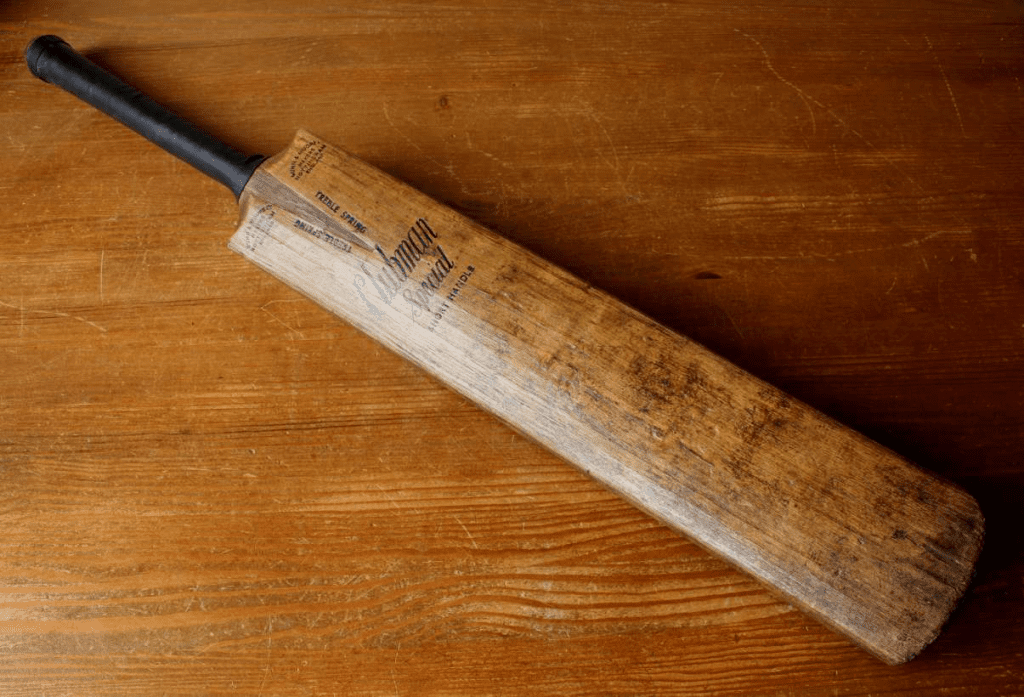
In 1864, overarm bowling was legalized, marking a significant change in the pace and height of deliveries. The increase in speed and trajectory demanded further refinements in bat design. Bats became even lighter and more maneuverable, with manufacturers focusing on thinner blades that offered better control without sacrificing strength.
By this time, most cricket bats featured intricate handle constructions made from cane and often had rubber grips to provide better control. The game had become faster and more aggressive, and batsmen needed bats that could help them respond effectively to the new style of play.
1870s: The Emergence of the Modern Cricket Bat
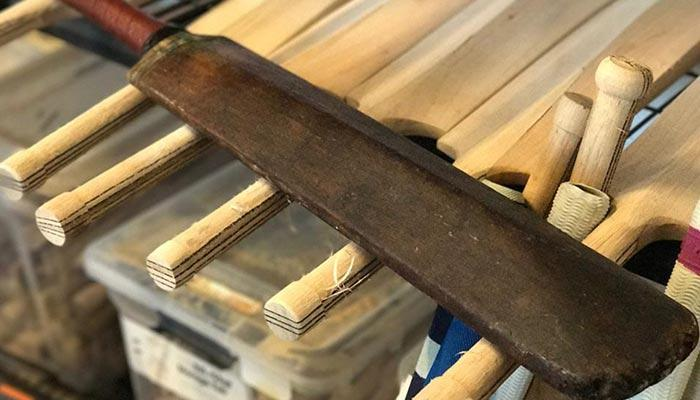
By the 1870s, the cricket bat had largely taken on the shape that we recognize today. The curved, paddle-like blade, paired with the spliced cane handle, became the standard. This design balanced power and control, allowing batsmen to face increasingly fast deliveries while still being able to play with finesse and precision.
The evolution of the cricket bat during this time mirrored the overall changes in the game itself. As cricket grew more competitive and faster-paced, bat design had to keep up, ensuring that players could perform at the highest levels.
Materials and Construction: The Importance of Willow and Cane
Throughout the evolution of the cricket bat, one material remained central: willow wood. Specifically, English willow (Salix alba var. caerulea) became the wood of choice for its perfect combination of lightness and toughness. Willow’s natural shock resistance made it ideal for withstanding the impact of a high-speed cricket ball without cracking or splintering.
The cane used in the handle offered superior shock absorption, allowing for greater control and comfort when handling fast deliveries. These materials, combined with the craftsmanship involved in making cricket bats, contributed to the bat’s status as an essential tool in the game.
Conclusion: A Bat That Stands the Test of Time
The history of the cricket bat is one of constant innovation and adaptation, evolving from its primitive, hockey-stick-like origins to the refined tool that cricketers use today. Each era brought new challenges, from the introduction of faster bowling styles to the need for lighter, more durable bats.
As we reflect on its journey from the 1600s to the 1900s, it’s clear that the cricket bat has not only shaped the game but also been shaped by it. Today’s cricket bats blend tradition with modern technology, maximizing performance and ensuring that players can face the demands of the modern game with confidence. The cricket bat remains a vital part of the sport’s legacy—a testament to the innovation and skill that has carried cricket through the centuries.
